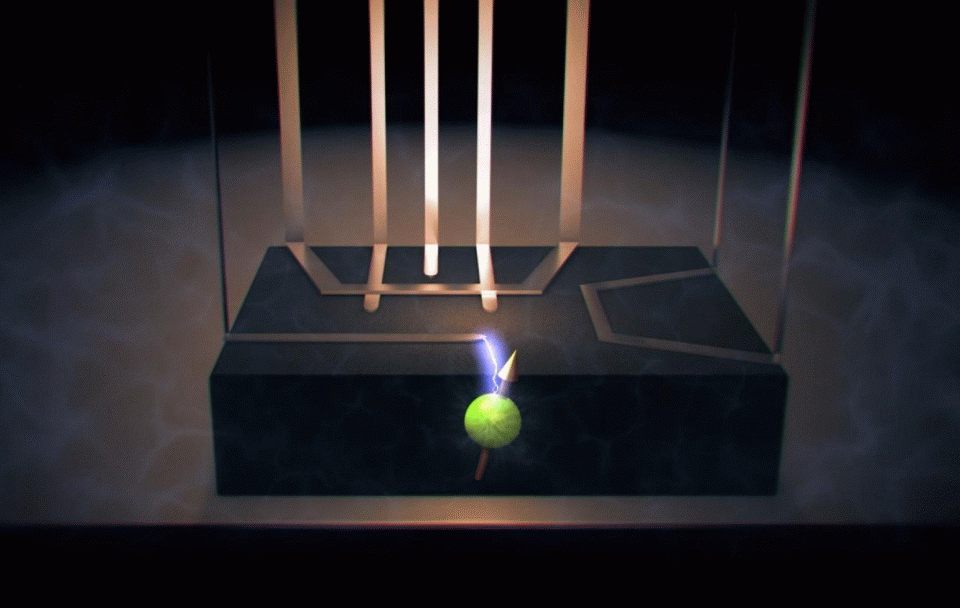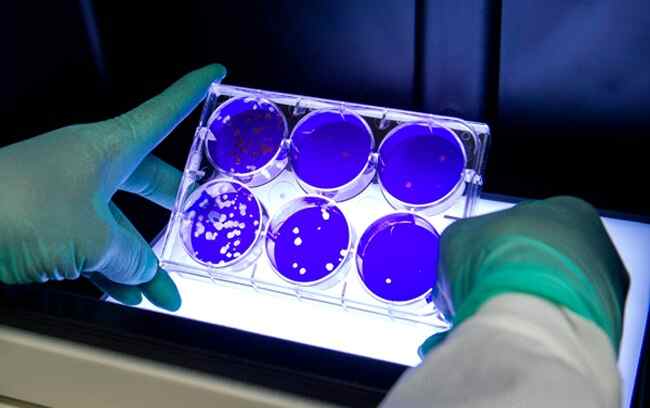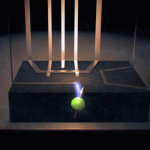Australian engineers make quantum breakthrough after solving 58-year-old puzzle

A team of Australian engineers from the University of New South Wales Sydney (UNSW) just make a major quantum computing breakthrough when they solved a problem that has stood for more than half a century. In a study published in Nature, a team of engineers at UNSW Sydney has done what respected scientist and Nobel Laureate Nicolaas Bloembergen first suggested was possible since 1961, but has eluded everyone since and that is: controlling the nucleus of a single atom using only electric fields.
Quantum computing, which lets computers manipulate information in extremely sophisticated ways, aims to provide more powerful computing than current supercomputers.
“This discovery means that we now have a pathway to build quantum computers using single-atom spins without the need for any oscillating magnetic field for their operation,” says UNSW’s Scientia Professor of Quantum Engineering Andrea Morello. “Moreover, we can use these nuclei as exquisitely precise sensors of electric and magnetic fields, or to answer fundamental questions in quantum science.”
It was all about curiosity. The researchers were trying to create a new type of magnetic field to control atoms when they ‘accidentally discovered’ a way to control the atom with an electric field that can be used in anything from chemistry and mining to physics and medicine. The researchers had originally set out to perform nuclear magnetic resonance on a single atom of antimony – an element that possesses a large nuclear spin.
‘Our original goal was to explore the boundary between the quantum world and the classical world, set by the chaotic behaviour of the nuclear spin,’ said one of the lead authors of the work, Dr Serwan Asaad. ‘This was purely a curiosity-driven project, with no application in mind,’ he said.
“However, once we started the experiment, we realized that something was wrong. The nucleus behaved very strangely, refusing to respond at certain frequencies, but showing a strong response at others,” recalls Dr Vincent Mourik, another lead author on the paper. “This puzzled us for a while, until we had a ‘eureka moment’ and realised that we were doing electric resonance instead of magnetic resonance.”
That a nuclear spin can be controlled with electric, instead of magnetic fields, has far-reaching consequences. Generating magnetic fields requires large coils and high currents, while the laws of physics dictate that it is difficult to confine magnetic fields to very small spaces – they tend to have a wide area of influence. Electric fields, on the other hand, can be produced at the tip of a tiny electrode, and they fall off very sharply away from the tip. This will make control of individual atoms placed in nanoelectronic devices much easier.
This means that instead of having bulky magnets spinning fast to generate the field required to place the single atoms, they can use a simple electric field. ‘Moreover, we can use these nuclei as exquisitely precise sensors of electric and magnetic fields, or to answer fundamental questions in quantum science.’
The discovery shakes up the paradigm of nuclear magnetic resonance, according to Morello, who said it could cover everything from medicine to mining. The researchers had originally set out to perform nuclear magnetic resonance on a single atom of antimony – an element that possesses a large nuclear spin.

